- Online car rental since 2005
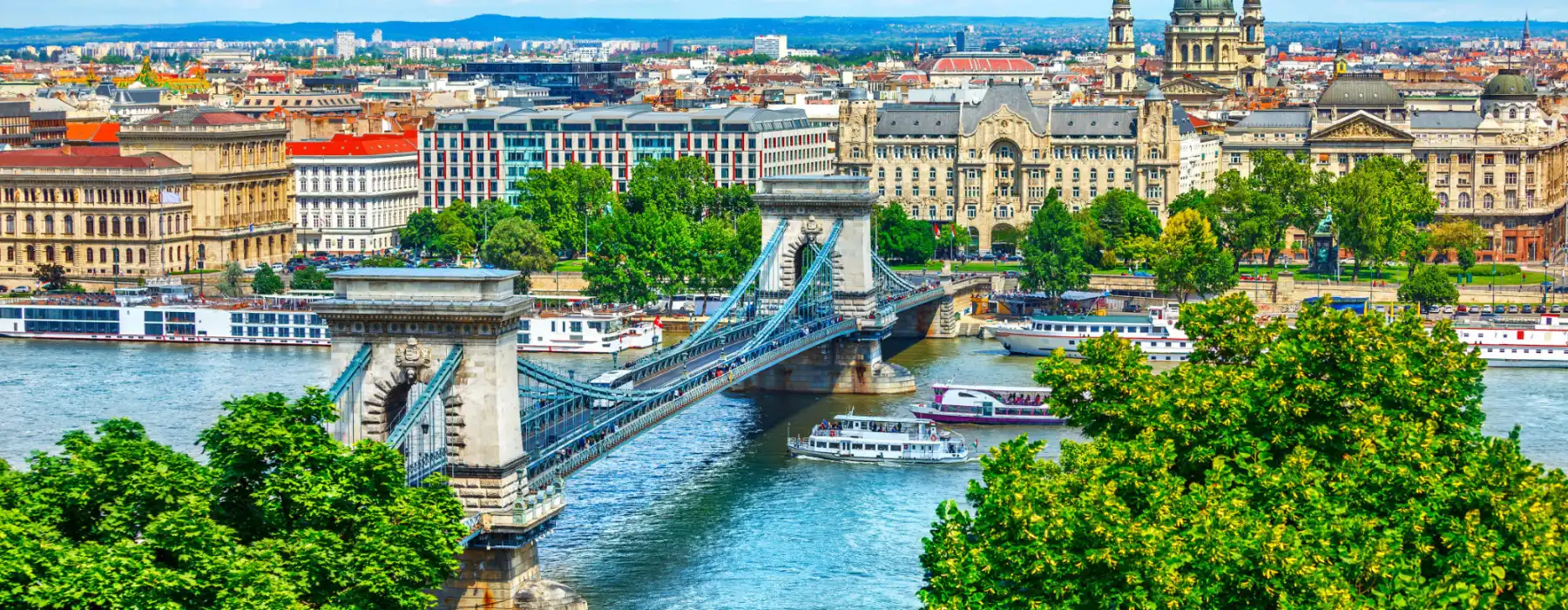
Car Rental Hungary
Save time and money. We compare the offers of car rental companies in Hungary on your behalf.
- Free cancellation Up to 48 hours prior to the scheduled pick-up time
- Best price guarantee Have you found a better price? Let us know and we will make you a better offer.
- 24000+ pick-up locations Locations around the world

Car Rental Hungary
EasyTerra Car Rental Hungary is an independent car rental comparison site. Our site compares prices from well-known car rental companies so that, as a customer, you can always reserve your car with us at a competitive rate.
Car rental offers in Hungary
Whether you're looking for a small rental car or a station wagon for the entire family, we will always have a suitable vehicle at the lowest price. Below are some examples from our selection in Hungary.

-
Dryyve From€ 6 /day
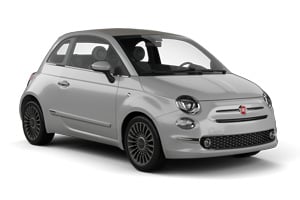
-
Klass Wagen From€ 6 /day -
Green Motion From€ 14 /day -
U-Save Auto Rental From€ 24 /day
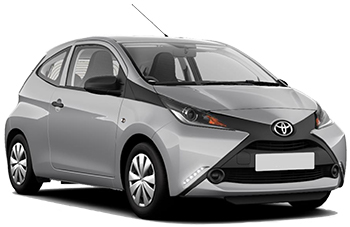
-
Dryyve From€ 17 /day -
Klass Wagen From€ 19 /day -
Budget From€ 32 /day
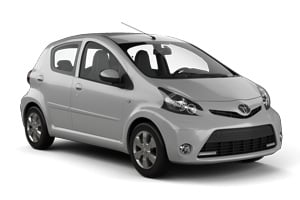
-
Dryyve From€ 6 /day -
Green Motion From€ 29 /day
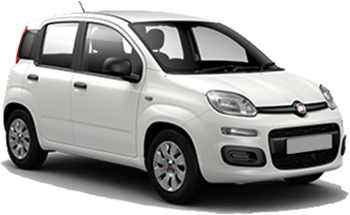
-
wheego From€ 6 /day -
Dryyve From€ 14 /day

-
Dryyve From€ 17 /day -
Green Motion From€ 32 /day
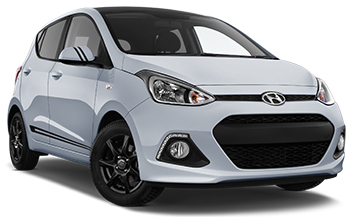
-
Klass Wagen From€ 7 /day -
Green Motion From€ 14 /day -
Hertz From€ 18 /day

-
Dryyve From€ 8 /day -
Autonom From€ 10 /day -
Klass Wagen From€ 11 /day
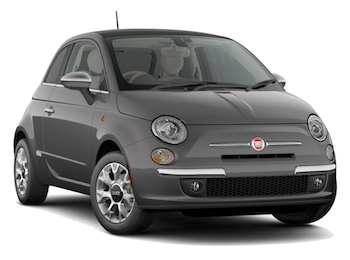
-
Klass Wagen From€ 19 /day -
Green Motion From€ 28 /day -
U-Save Auto Rental From€ 29 /day
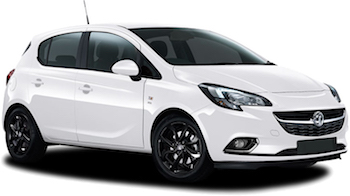
-
wheego From€ 7 /day -
Dryyve From€ 7 /day -
Carwiz rent a car From€ 15 /day
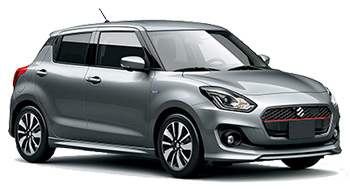
-
wheego From€ 7 /day -
Dryyve From€ 7 /day -
Thrifty From€ 17 /day

-
Dryyve From€ 12 /day -
Hertz From€ 22 /day -
Thrifty From€ 23 /day
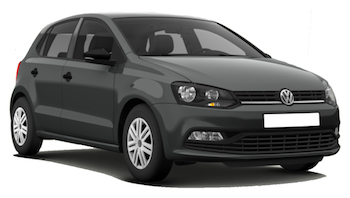
-
Klass Wagen From€ 7 /day -
Hertz From€ 19 /day -
Thrifty From€ 21 /day

-
Klass Wagen From€ 9 /day

-
Dryyve From€ 12 /day -
Thrifty From€ 20 /day -
Hertz From€ 24 /day
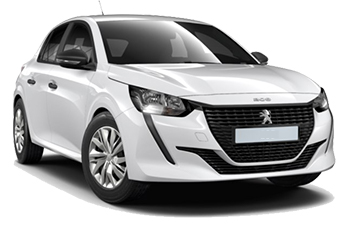
-
Klass Wagen From€ 10 /day -
Green Motion From€ 14 /day -
Carwiz rent a car From€ 16 /day
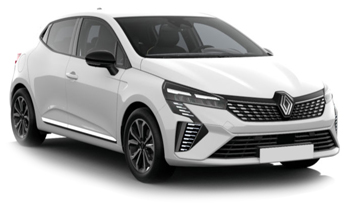
-
Autonom From€ 10 /day -
Flizzr From€ 17 /day -
Sixt From€ 26 /day
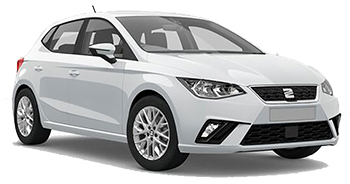
-
Thrifty From€ 21 /day
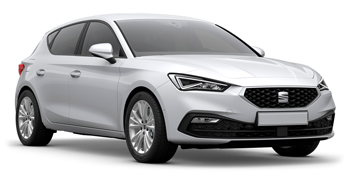
-
Klass Wagen From€ 8 /day
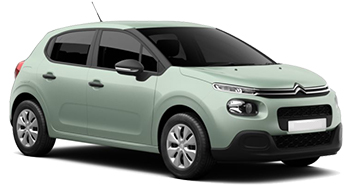
-
wheego From€ 8 /day -
Dryyve From€ 9 /day -
Carwiz rent a car From€ 18 /day

-
Dryyve From€ 12 /day

-
Klass Wagen From€ 8 /day -
Thrifty From€ 17 /day -
Autonom From€ 18 /day

-
Klass Wagen From€ 8 /day -
Hertz From€ 20 /day -
Keddy By Europcar From€ 33 /day
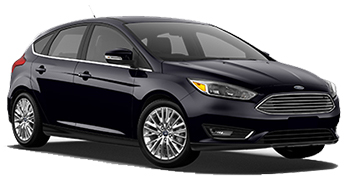
-
Thrifty From€ 20 /day -
Hertz From€ 28 /day -
Sixt From€ 31 /day
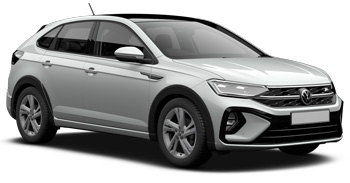
-
Klass Wagen From€ 9 /day -
Green Motion From€ 18 /day

-
Klass Wagen From€ 10 /day -
Thrifty From€ 17 /day -
Green Motion From€ 18 /day
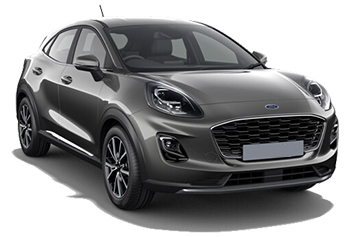
-
Thrifty From€ 21 /day -
Hertz From€ 36 /day -
Green Motion From€ 36 /day

-
Klass Wagen From€ 10 /day -
Green Motion From€ 22 /day -
Hertz From€ 28 /day
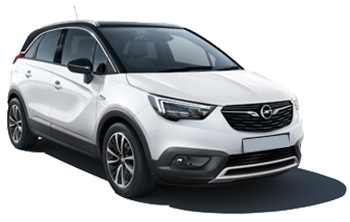
-
wheego From€ 13 /day -
Dryyve From€ 13 /day
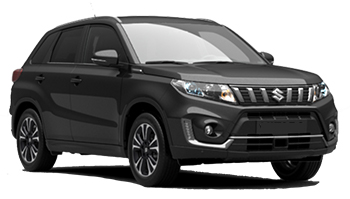
-
Dryyve From€ 18 /day -
Sixt From€ 41 /day -
Enterprise From€ 48 /day

-
Dryyve From€ 13 /day -
Avis From€ 25 /day -
Sixt From€ 35 /day

-
Klass Wagen From€ 15 /day -
Thrifty From€ 23 /day -
Hertz From€ 25 /day

-
Dryyve From€ 19 /day

-
Klass Wagen From€ 15 /day -
Green Motion From€ 44 /day -
Carwiz rent a car From€ 50 /day

-
Klass Wagen From€ 15 /day
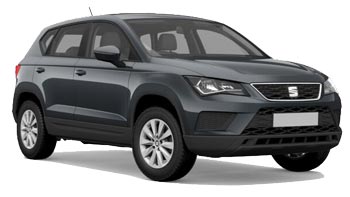
-
Thrifty From€ 23 /day -
Green Motion From€ 48 /day -
U-Save Auto Rental From€ 49 /day

-
Klass Wagen From€ 9 /day
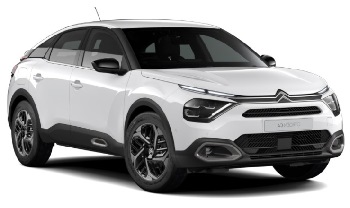
-
wheego From€ 15 /day -
Dryyve From€ 15 /day

-
Dryyve From€ 21 /day

-
Carwiz rent a car From€ 19 /day

-
Dryyve From€ 19 /day

-
Dryyve From€ 30 /day
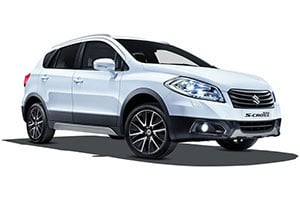
-
Dryyve From€ 20 /day

-
Klass Wagen From€ 20 /day -
Carwiz rent a car From€ 33 /day

-
Carwiz rent a car From€ 31 /day -
Sixt From€ 49 /day -
Hertz From€ 62 /day
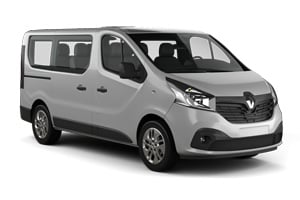
-
Avis From€ 42 /day

-
Sixt From€ 55 /day

-
Green Motion From€ 62 /day

-
Green Motion From€ 56 /day
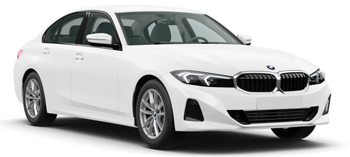
-
Sixt From€ 59 /day -
Thrifty From€ 67 /day -
Hertz From€ 70 /day

-
Sixt From€ 62 /day
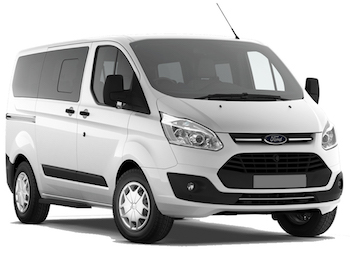
-
Sixt From€ 59 /day -
Green Motion From€ 92 /day

-
Sixt From€ 65 /day -
Thrifty From€ 73 /day -
Hertz From€ 76 /day

-
Sixt From€ 62 /day
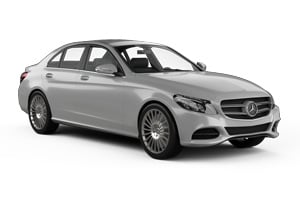
-
Klass Wagen From€ 32 /day

-
Klass Wagen From€ 32 /day

-
Carwiz rent a car From€ 50 /day

-
Klass Wagen From€ 32 /day -
Green Motion From€ 65 /day -
Hertz From€ 71 /day

-
Klass Wagen From€ 37 /day
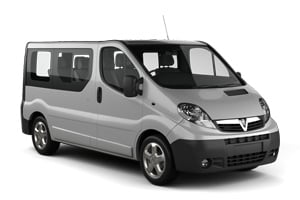
-
Carwiz rent a car From€ 52 /day -
Hertz From€ 107 /day

-
Carwiz rent a car From€ 44 /day

-
Carwiz rent a car From€ 46 /day -
Hertz From€ 101 /day

-
Carwiz rent a car From€ 52 /day
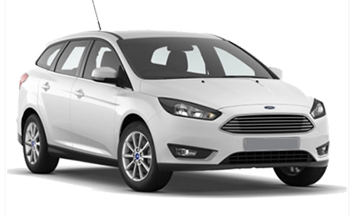
-
Klass Wagen From€ 10 /day -
Green Motion From€ 18 /day -
Hertz From€ 22 /day
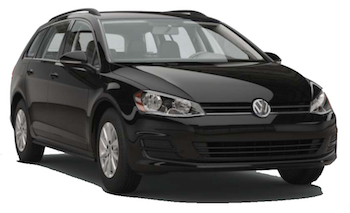
-
Klass Wagen From€ 14 /day
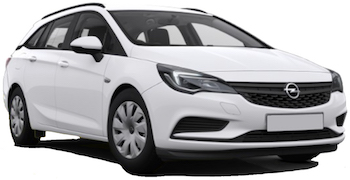
-
Alamo From€ 26 /day -
Enterprise From€ 27 /day -
Sixt From€ 48 /day
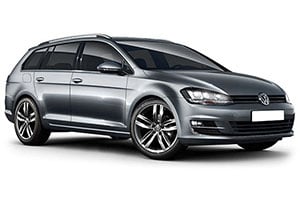
-
Klass Wagen From€ 15 /day -
Europcar From€ 52 /day
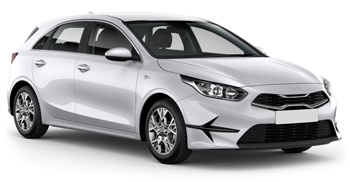
-
Carwiz rent a car From€ 18 /day -
Budget From€ 19 /day -
Thrifty From€ 20 /day

-
Thrifty From€ 26 /day -
Flizzr From€ 33 /day -
Hertz From€ 39 /day

-
Klass Wagen From€ 19 /day -
Europcar From€ 51 /day
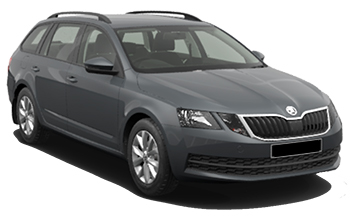
-
Klass Wagen From€ 20 /day -
Thrifty From€ 29 /day -
Hertz From€ 36 /day

-
Thrifty From€ 28 /day
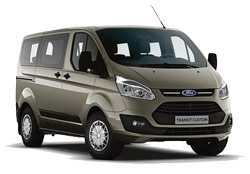
-
Klass Wagen From€ 28 /day

-
Klass Wagen From€ 37 /day -
Avis From€ 42 /day

-
Carwiz rent a car From€ 50 /day

-
Carwiz rent a car From€ 44 /day
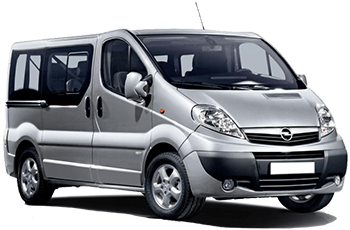
-
Carwiz rent a car From€ 46 /day -
Alamo From€ 59 /day -
Enterprise From€ 59 /day
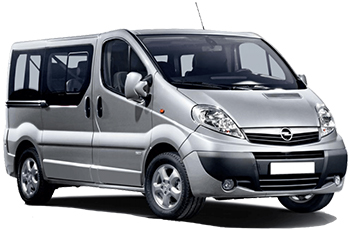
-
Carwiz rent a car From€ 52 /day -
Alamo From€ 62 /day -
Enterprise From€ 63 /day

-
Carwiz rent a car From€ 46 /day

-
Carwiz rent a car From€ 52 /day

-
Sixt From€ 65 /day -
Hertz From€ 73 /day

-
Green Motion From€ 25 /day -
U-Save Auto Rental From€ 39 /day

-
U-Save Auto Rental From€ 44 /day -
Green Motion From€ 47 /day

-
Klass Wagen From€ 9 /day -
Sixt From€ 32 /day -
U-Save Auto Rental From€ 41 /day

-
Klass Wagen From€ 9 /day -
Green Motion From€ 22 /day

-
Dryyve From€ 19 /day
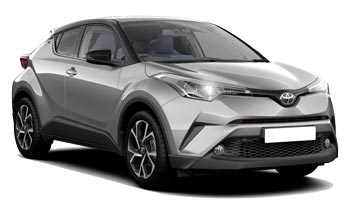
-
Klass Wagen From€ 12 /day -
U-Save Auto Rental From€ 33 /day
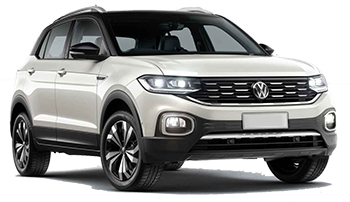
-
Klass Wagen From€ 12 /day
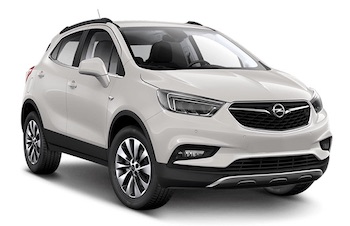
-
Carwiz rent a car From€ 28 /day -
Dryyve From€ 29 /day -
Budget From€ 38 /day

-
wheego From€ 13 /day -
Dryyve From€ 13 /day
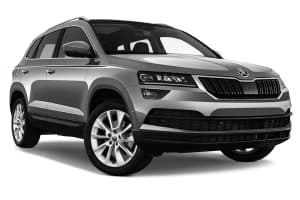
-
Klass Wagen From€ 15 /day -
U-Save Auto Rental From€ 41 /day -
Autonom From€ 83 /day
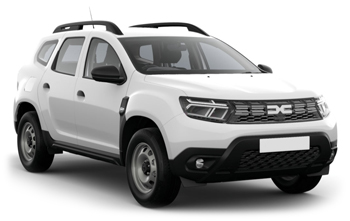
-
Carwiz rent a car From€ 29 /day

-
Europcar From€ 46 /day -
Hertz From€ 65 /day

-
Hertz From€ 71 /day
Popular cities in Hungary
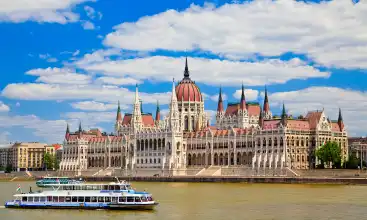
Useful tips for a well-prepared trip
Which insurance should I choose, and what's the deal with the deposit? Read our articles with useful information and tips to ensure you choose the right rental car for you.
Car rental locations in Hungary
EasyTerra Car Rental compares rental car prices at the following destinations

Location information for Hungary
Hungary is best explored by rental car. EasyTerra Car Rental has over 12 pick-up locations in Hungary. This means there is always a pick-up location close to your destination.
Most popular car hire locations in Hungary
Introduction
Hungary is a popular holiday destination in the centre of Europe. Especially the beautiful city of Budapest and Lake Balaton are genuine tourist attractions. However, Hungary has much more to offer. Its nature is relatively unspoiled, there are many national parks and the country has nostalgic small villages. The plains and many lakes are known for their peace and quiet. You can cycle, hike, swim or take the car to explore the country. The people are friendly and the climate is very agreeable.
History
The Hungarians came to Europe at the end of the ninth century. The people settled on the Pannonian plains. These plains cover a much larger area than present-day Hungary. Stephan the Saint was the first king of Hungary. He was crowned by the pope in the year 1000.
After that, for many years Hungary tried to expand its power, but it also had to defend its borders. Parts of Croatia, Bosnia and Dalmatia were conquered, turning Hungary into a regional power. In 1241, the country was attacked by the Mongols. As a result, Hungary became weaker. After the Mongolian army was forced to leace, King Béla IV built several fortresses along the borders.
In the 15th century, the Hungarian empire flourished. In this period, the renaissance prince Mátyás Hunyadi ruled Hungary. Mátyás managed to add several countries to Hungary and made sure the Turks did not attack.
Not everybody benefited from the economic growth. The peasants were poor, and in 1541 this led to the outbreak of the Hungarian Peasant War. The reaction of the nobility was ruthless. In 1526, the Hungarian army was defeated by the Turks. Hungary became divided: the central region was in the hands of the Turks, while Austria ruled the north and west. Only the area in the east of the country managed to remain independent.
After that, there was a power struggle between the Turks and the Austrian Habsburgs. After the Turks were defeated in 1683, by 1699 the entire Hungarian Empire was controlled by the Habsburgs. After several failed attempts to regain control, it was not until 1867 that Hungary once more had its own government. The country was given the same status as Austria. The new government settled in the capital Buda.
In the First World War, Hungary fought on the side of Austria. After the war was lost, there was chaos throughout the country. Mihály Károlyi founded the National Council. In 1918, Hungary was declared an independent republic and Károlyi became the first president. However, parliament soon collapsed and the communists seized power. In 1919, the country became a 'Council Republic' (after the example of the Soviet Union). At the Treaty of Trianon (1920) Hungary lost large areas of land to the Allies. The monarchy was restored, but this time there was no king. Admiral Miklós Horthy was given control.
During the Second World War, Hungary at first wanted to remain neutral. However, in 1944 Germany occupied the country and killed many Jews. The Soviet-Union offered to help Hungary, but it turned out that it merely wanted to expand its power. The communists took control. In 1946, Hungary once again became a republic and joined the Warsaw Pact and the COMECOM (the counterparts of NATO and the EC).
The Hungarians rebelled against communism, but control remained in the hands of the Soviets. Many fled the country; others were captured and murdered. It was not until 1968 that the first reforms were implemented under Kádár. In the 1980's, more reforms were implemented. In 1989, Hungary became a democratic republic. A year later democratic parties for the first time formed a government. In 1997, the country joined NATO and in 2004, Hungary became a member of the EU.
Society and Culture
Hungary has more than 10 million inhabitants. Eighty-nine percent of the population is Hungarian. The largest majority is formed by the Roma. This is a nomadic people (gypsies). Other minorities are Germans, Slovaks, Serbs, Croats and Rumanians. Also, many Hungarians live in neighboring countries Rumania, Slovakia, Ukraine and Serbia. More than half of the population lives in cities. The capital Budapest has about two million inhabitants.
A majority of the Hungarian population (some 64%) is Roman-Catholic. There are about 2.5 million Protestants. In addition, there are, among others, Calvinist, Lutheran and Orthodox communities.
The official language is Hungarian. It is akin to Finnish and Estonian. The minorities often speak two languages: Hungarian and their original language.
Hungarian music is characterized by the use of the violin. Hungary is also known for its gypsy music. Hungarian traditional costumes are colorful and decorated with embroidery motifs. Hungarians make beautiful embroidery, pottery, wall and ceiling decorations and woodcarving. Generally speaking, Hungarians are friendly and hospitable.
Political Situation
Since 1989, Hungary has been a parliamentary democracy. The president is the head of state. Since 2005, Lászlo Sólyom is the president of Hungary. The president is elected every five years by parliament. His role is largely ceremonial.
The highest legislative power is in the hands of parliament, which is headed by the prime minister. Parliament is elected every four years and has 386 members. The executive power is in the hands of the cabinet. The cabinet, which has 21 members, answers to parliament. The prime minister of Hungary (since 2004) is Ferenc Gyurcsány. He has great power: he advises parliament about suitable candidate ministers and he is also allowed to fire ministers.
All Hungarians of 18 years of age and older are eligible to vote. The elections adhere to a mixed system whereby voters cast their vote on a district representative and a party. In parliament there is room for 176 MP's. The other 210 seats are divided among the various parties (based on a system of proportional representation).
Economy
Since 1989, Hungary's economy is a social market economy. Thanks to foreign investments by private enterprises, Hungary's economy has been able to develop. The relatively low wages and high education levels make Hungary an attractive place for foreign companies to locate.
Hungary faces a large deficit. The country wants to implement measures be able to cut back expenditure. Due to the national debt and the deficit, it is unlikely that Hungary will be able to trade its national currency (the Forint) against the euro in 2010.
Most Hungarians work in the service sector. The industry sector is also big. However, the agrarian sector is small, contributing less than 5% to the country's GDP. The main agricultural products are grains, corn, rice, vegetables and fruit. Hungary's industrial sector is growing quickly. The country's geographical location makes it ideally suited to export products, and the labor market is well-trained. Although most of the industry is located around Budapest, there are other important industrial areas, for example Borsod, Gyöngyös and Dorog-Tokod.
Hungary's most important trade partner is the EU. The country exports mostly machines and transport equipment. Important import products are machines, transport equipment, energy and factory equipment. Most of Hungary's trade is with Germany.
In recent years, Hungary has been involved in the privatization of companies. The influence of government was very big. International organizations have urged the Hungarian government to privatize large state companies.
Hungary's national currency is the Hungarian Forint (HUF). The exchange rate is about 246 HUF per euro.
Geography and Climatet
Hungary is situated in the centre of Europe. Its neighbors are Slowakia (in the north), Ukraine (in the north-east), Romania (in the east), Serbia (in the south), Croatia and Slovenia (in the west) and Austria (to the north-west). The country covers a total area of about 93,000 square kilometers. Budapest is the capital of Hungary. Debrecen is the second-largest city with 200,000 inhabitants. Other large cities are Pecs, Sopron and Szeged.
Hungary to a large extent consists of plains. The Great Hungarian Plains are located in the south and east of the country. The boundaries of the plains are formed by the Danube, the river that crosses the country from north to south, and the Carpathian Mountains. The north of the country is formed by the North-Hungarian Central Plateau. The central mountain range of this area is the Mátra, which includes Hungary's highest mountain: the Kékes (1015 meters). The area to the west of the Danube is called Transdanubia. This is a fertile area consisting of plains and hills. In the centre of Transdanubia lies Lake Balaton. With a total surface of 592 square kilometers, it is Europe's largest lake. To the north of Lake Balaton, there are various mountain ranges, of which the Bakony Mountains are the most important. To the north-west lie the Small Plains. Several rivers run through this area.
Hungary has a land climate that is characterized by cold, wet winters and warm summers. With an average temperature of 23 degrees Centigrade, July is the warmest month. January is the coldest month with an average temperature around freezing point. Hungary gets many hours of sunshine and there is reasonably little precipitation, subject to Atlantic influences. Because September is the driest month, it is a good time to visit the country. May is the wettest month.
Traffic and Infrastructure
In some places, the infrastructure of Hungary is less developed than elsewhere. Nevertheless, it does play an important role for the country. Due to its central location, Hungary is an important transport and distribution centre. The country has 160,000 kilometers worth of roads. In the future, the road network will have to be expanded. Most roads are two-lane roads that connect towns and villages.
The railway network has a total length of almost 8,000 kilometers and is owned by the Hungarian State Railway Company (MAV). The railways connect various major cities, with at the centre the capital Budapest. There is also a high-speed train (HÉV) connecting the suburbs of Budapest.
In the major cities, public transport is usually extensive. There are trains, buses and subways. Tickets can be bought at kiosks. Tickets for international bus journeys can be purchased on the buses themselves.
Almost all international flights arrive at Budapest Ferihegy Airport. The Hungarian airline company (Málev) provides the international flights to and from Budapest. The airport is located at about 24 kilometers from the city itself. It is possible to go by public transport from the airport, although it is more convenient to order an Airport Minibus at the arrivals terminal. Domestic air traffic is limited. Regional airports are located at, among other places, Debrecen, Sarmallek and Héviz.
Food and Drink
The Hungarian kitchen has been influenced by the various people that have inhabited the country. It is what some call, a typical 'peasant kitchen'. Hungarian dishes are often prepared with pepper and tomatoes. These are used in the garnish and to season the food. Garlic, potatoes and onions are other well-known ingredients. Goulash is considered the country's national dish. It is a thick soup with beef, onion and paprika. Hungary is also known for delicious fish soup. Generally speaking, Hungarian dishes are tasty, healthy and nutritious.
In Hungary's major cities, there are numerous large and small restaurants. Although prices may vary, eating out in Hungary will rarely be expensive. An étterem is a restaurant with Hungarian and international dishes on the menu. A csárda is a folkloric restaurant serving local specialties.
Hungarians are real wine lovers. The country has 15 wine regions. Well-known wines are the Topkaji (from the area of Tokaj) and the wines of Badacsony (at Lake Balaton). Budafok, a suburb of Budapest, is the centre of the wine trade. This is where the Hungarian champagnes come from.
It is not possible to drink the tap water in Hungary. It is recommended to buy mineral water in supermarkets.
Accommodation
Hungary is a popular holiday destination. Since the fall of communism, the number of annual visitors has increased enormously. In recent years investments have been made to allow tourism to continue growing. The country has many hotels, holiday cottages and campsites. Hotels vary in price and quality. In major cities such as Budapest, there are very luxurious hotels. Breakfast is nearly always included in the price. Generally speaking, camping is not expensive. Around the popular Lake Balaton, it may be a little bit more expensive than elsewhere. If you are interested in renting a holiday cottage or apartment, Hungary certainly has what you are looking for. Even in the smallest villages apartments can be rented. Often, there are road signs indicating where you can find them. Finally, there is the possibility of room and board. Pensions are often new and clean, and they often have their own bar or restaurant.
Time zone
Hungary is on Central European Time (CET: GMT +1). In March, the clock is put ahead by one hour.
External Sources
For more information about Hungary, we recommend Google and the following sources:
Practical information
-
CurrencyHungarian forint
-
Driving directionRight
-
City speed limit50 km/h
-
Freeway speed limit90 km/h
-
LanguageHungarian
-
Popular car categoryEconomy
What most people want to know
The following questions and answers are a selection of the most popular questions. If you do not find the answer to your question, have a look at the Frequently Asked Questions page or contact us.
- Schiller Rent a Car
- Alamo
- Enterprise
- Hertz
- Avis
- Sixt
- U-Save Auto Rental
- Europcar
- Thrifty
- Flizzr
- Budget
- Dryyve
- Buchbinder
- Green Motion
- Carwiz rent a car
- Megadrive
- wheego
- GLOBAL Rent-a-Car
- Klass Wagen
- Autonom
- Dollar Rent a Car
- Fleet Rent a car
- National Car Rental
- Exer Rent A Car
- Your Rent
- Active Car Rental
- Keddy By Europcar
- Fox Rent A Car
- ORYX Rent A Car


